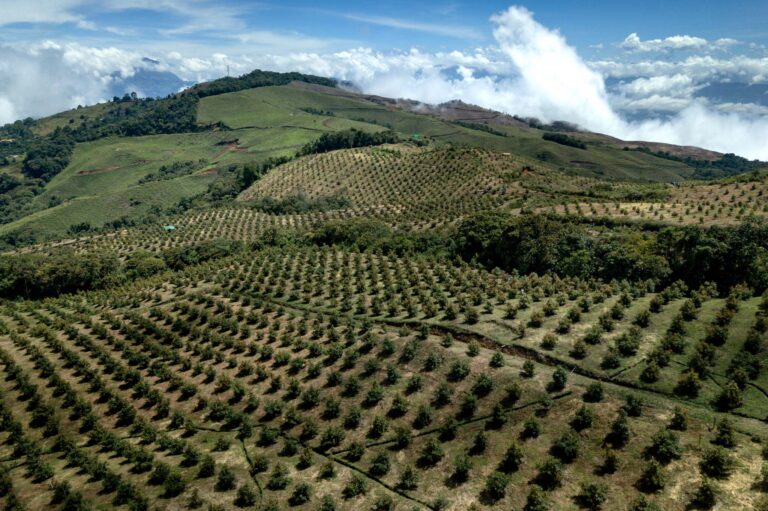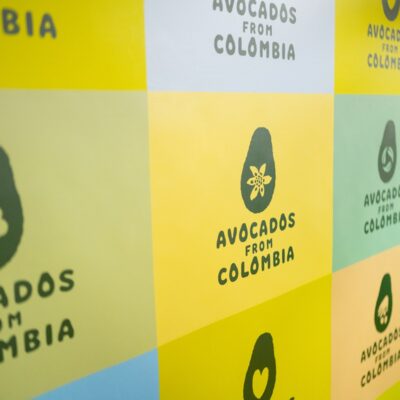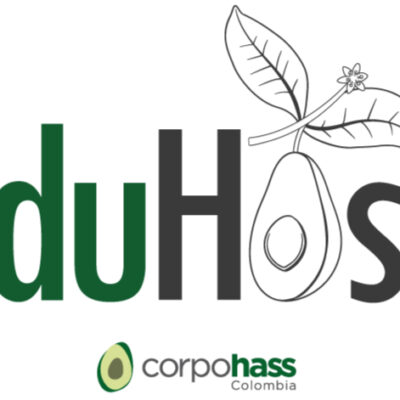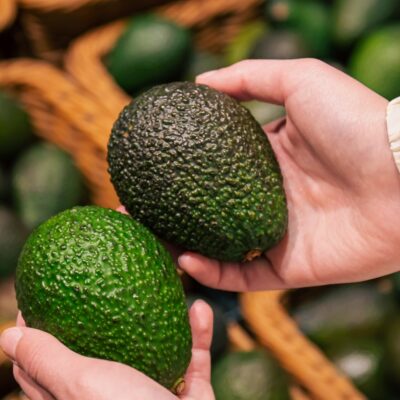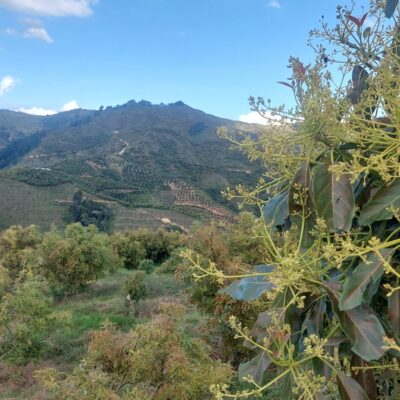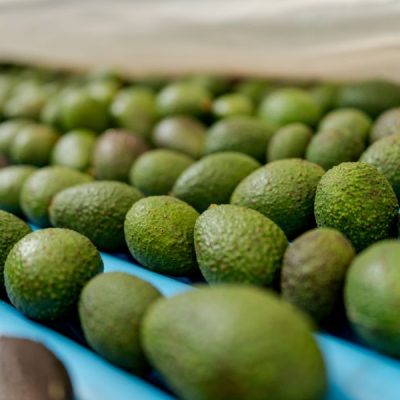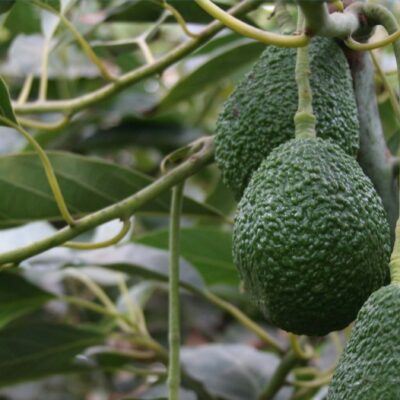Hass water footprint
Our water resources face a great challenge with the ever-increasing high demand for water to meet people’s needs, such as food.
Agriculture is one of the sectors with the greatest participation in the use of this vital liquid. In Colombia, it represents 43.1% of the national water demand and in the world, close to 70%.
Therefore, it is essential that we evaluate how to achieve a balance between production and use of this resource. In this way, we identify all the risks that may arise, mitigate them and work together for sustainability.
Our sector has been developing different actions for the conservation of natural resources, especially water, such as these:
- Implementation of environmental determinants:
- Areas of conservation and protection of the environment and natural resources.
- Planning and management of hydrographic basins.
- Risk management.
- Spatial planning of the territory.
- Minimum withdrawals from water sources.
- Our sector is highly regulated by the country’s environmental authorities, especially on issues related to water concessions, discharges, etc.
- Avoiding the use of drip irrigation systems. We want to expand this action, because Colombia, unlike other Hass producing countries, such as Mexico, Peru and Chile, does not need constant irrigation systems.
That is to say, our climatic and soil conditions allow the fruit crops to be irrigated with rainwater. We do not need to divert water sources, because the water we use comes from rainfall.
